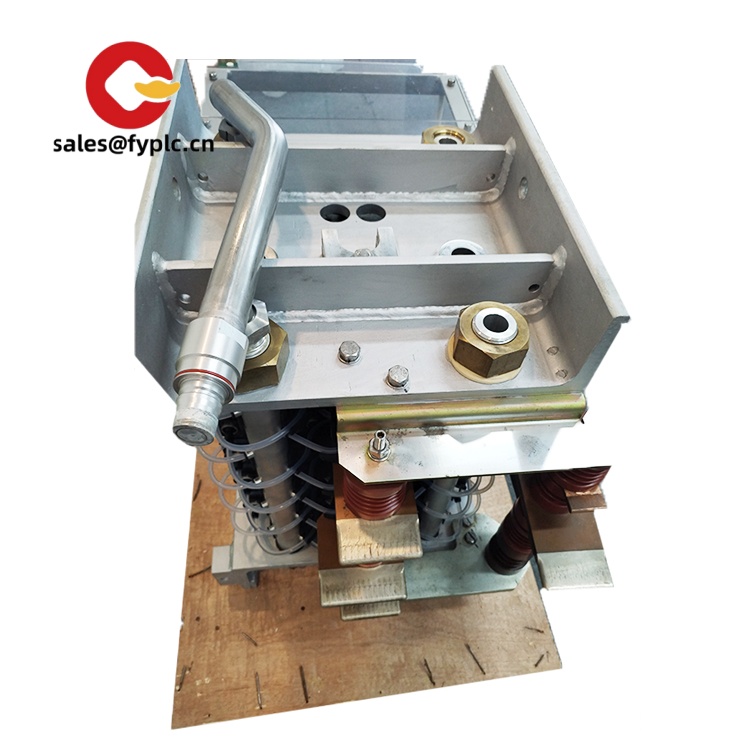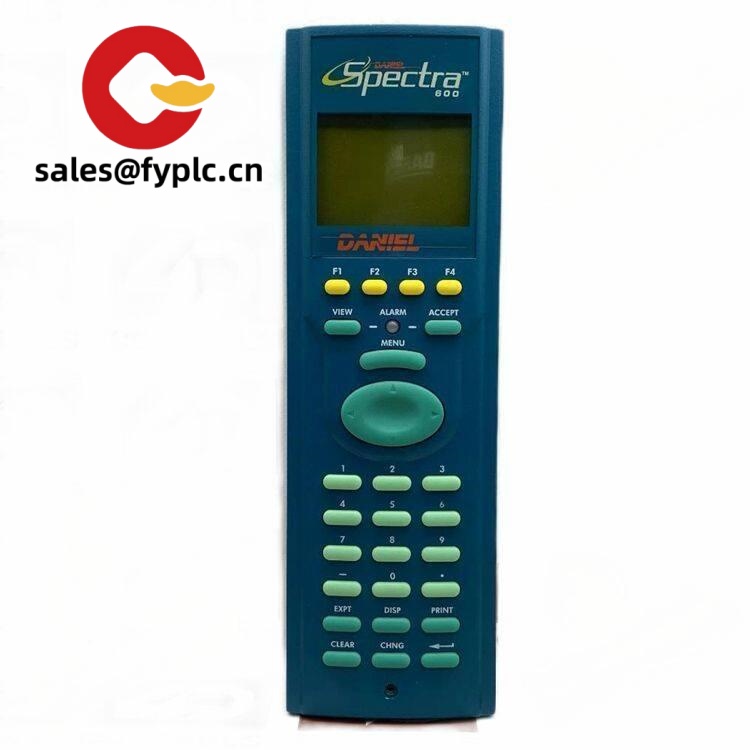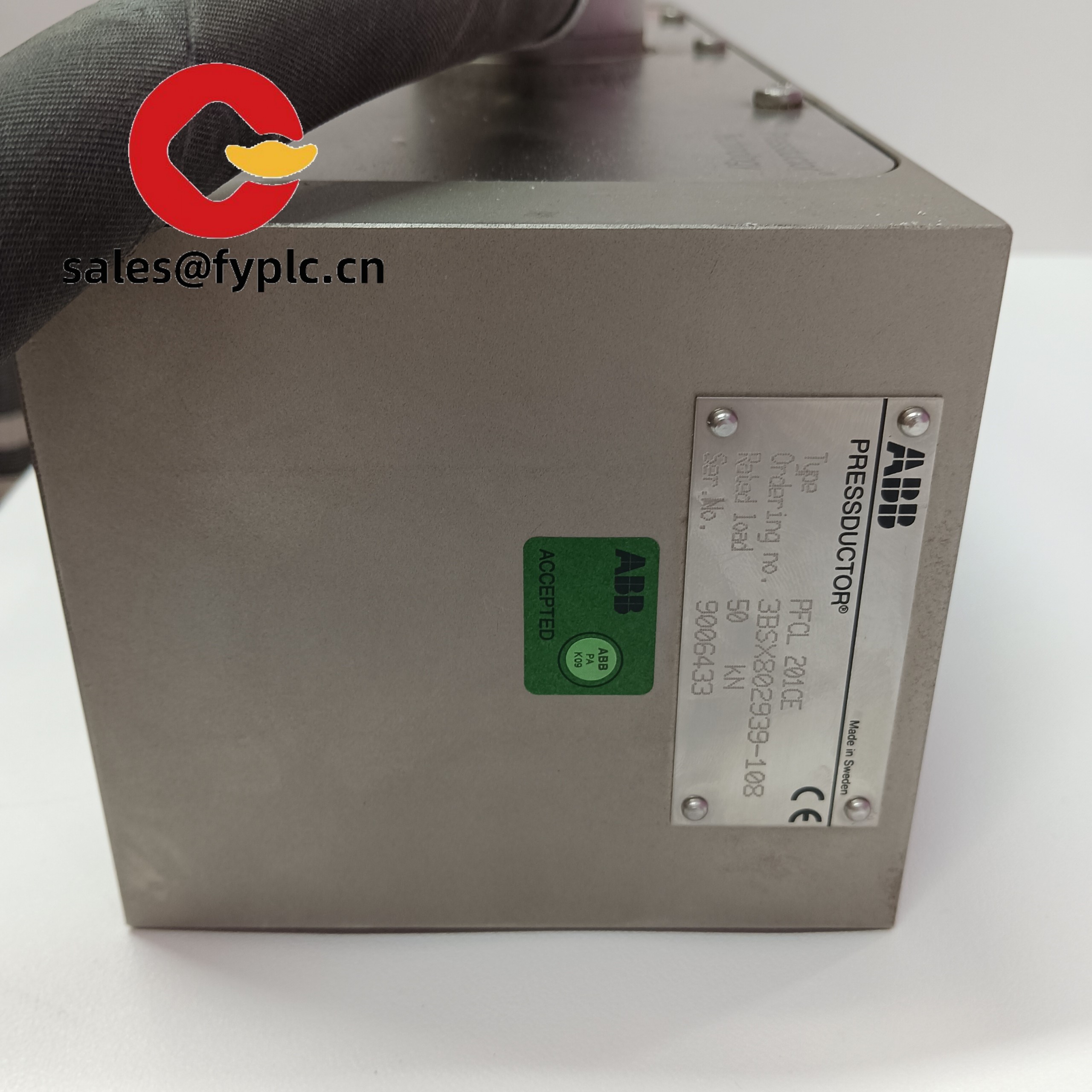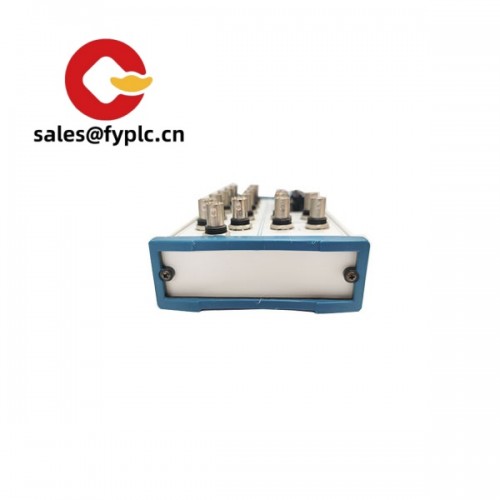Description
ABB 3BHB009885R0021 S-093N 16-Channel Relay Output Module for Demanding Control Applications
Ever had a relay module fail during a critical machine cycle? This ABB workhorse has saved more than a few midnight production emergencies for my clients. One plant manager actually keeps two spares in his office after his old modules kept burning out during hydraulic press operations. From my experience, the mechanical relay design here handles inductive kickback better than solid-state alternatives in high-surge environments.
What makes maintenance crews ask for this by model number
- 16 isolated relay outputs – Handles 2A @ 250V AC/30V DC loads (perfect for solenoid valves and small motors without extra contactors)
- Form C contacts – Normally open AND normally closed outputs per channel (saved a packaging line I worked on from rewiring during a recipe changeover)
- AC500 system integration – Same footprint as input modules (keeps cabinet layouts clean during expansions)
- Visual status feedback – Individual channel LEDs visible through the housing (no more multimeter checks during troubleshooting)
Specs that matter when the production line’s counting on you
| Parameter | Specification |
|---|---|
| Brand/Model | ABB 3BHB009885R0021 S-093N |
| HS Code | 8537.10 (Programmable controllers & parts) |
| Power Requirements | 24V DC ±15% (220mA typical, 350mA max during relay activation) |
| Dimensions & Weight | 40mm W × 125mm H × 77mm D / 235g |
| Operating Temperature | -25°C to +55°C (derate above 45°C for max relay life) |
| Signal Output Type | 16x relay outputs (Form C, 250V AC/30V DC) |
| Contact Life | 100,000 operations @ 2A resistive load |
| Installation Method | DIN rail (EN 60715 standard) |
Real-world applications where relays outperform solid-state
You might notice that pharmaceutical filling lines keep specifying these – it’s because the mechanical contacts handle the tiny currents from level sensors without leakage issues that plague solid-state outputs. A brewery I consulted for switched to these for their kettle valves after their previous modules couldn’t handle the 48V DC solenoids. Typically, you’ll see them in legacy system upgrades where existing wiring expects relay interfaces, though I’d still recommend surge suppressors for inductive loads.
The procurement advantages nobody puts in the spec sheet
Yes, the 365-day warranty gives peace of mind, but the real value shows up during unplanned downtime. When that conveyor motor starter failed at 3AM last winter, the maintenance lead told me he had the replacement module swapped in under 4 minutes – no programming needed. Compatibility with existing ABB cabinets means you’re not paying for protocol converters, and in many cases, the mechanical design avoids the thermal management costs of solid-state alternatives. One client calculated $7k/year savings just from reduced contactor replacements.
Installation realities from the field
Mount with 15mm clearance on both sides – relays generate more heat than inputs during switching. Keep ambient below 50°C for full contact life (I’ve seen premature failures in paint booth control panels without adequate ventilation). Wire with 0.2-2.5mm² stranded cable (0.6Nm torque – under-tightening causes arcing). Safety note: Always de-energize load circuits before servicing; the Form C contacts don’t provide complete isolation from field wiring.
Maintenance is refreshingly simple: Wipe terminals quarterly with isopropyl alcohol (no compressed air – it forces dust into contact gaps), verify terminal tightness during annual shutdowns, and log operational hours. Unlike smart modules, there’s no firmware to update – just mechanical wear to monitor. In high-cycle applications, consider rotating spare modules into service every 18 months.
Certifications that hold up during audits
CE marked per EN 61131-2, UL 61010-2-201 (look for the E249066 file number), RoHS 3 compliant. Manufacturing adheres to ISO 9001:2015 with full component traceability – I’ve personally seen the batch testing records showing contact resistance measurements. The 365-day warranty covers mechanical failure (though it won’t help if you exceed the 2A rating on those solenoid circuits – learned that the hard way with a client’s injection molding machine).
Your order timeline & payment terms
• Delivery: 1 week for in-stock units (95% of orders), max 4 weeks for backorders
• Payment: 50% advance via wire transfer, balance before shipment
• Shipping: DHL/FedEx/UPS with real-time tracking (we pre-clear customs to avoid port delays)
• Warranty: Full 365-day coverage – we cover return shipping for valid claims















Reviews
There are no reviews yet.